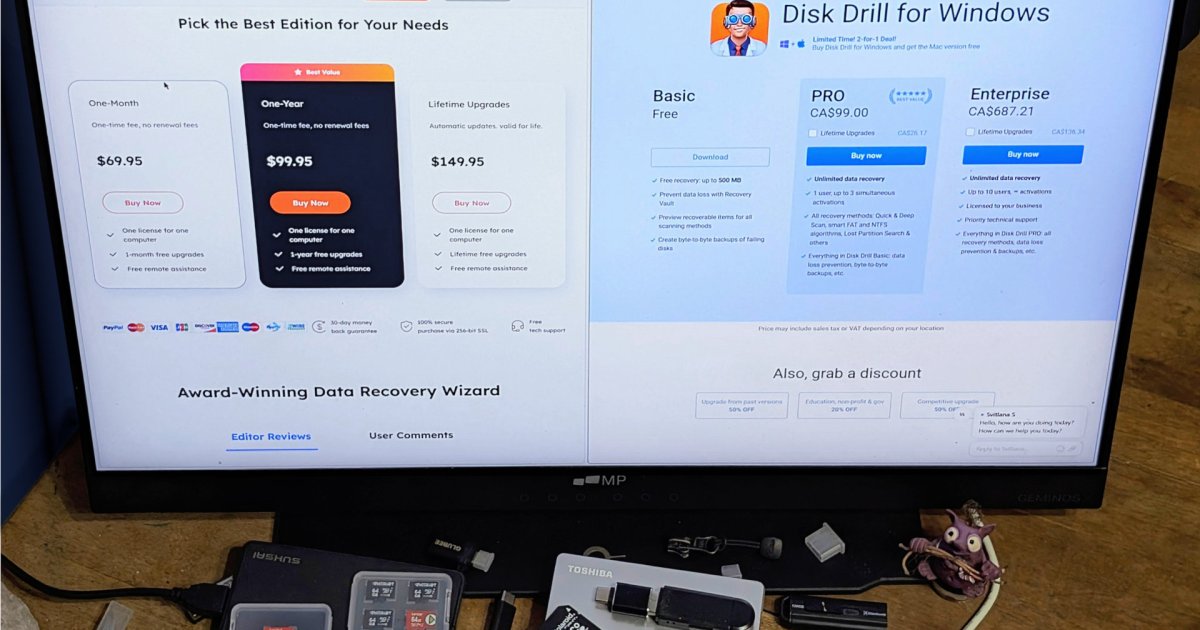As summer ends and the back-to-school season begins, digital security should be a top priority for families. Protecting children, teens, and young adults with robust cybersecurity habits is crucial in today’s digital landscape. From using strong passwords with tools like 1Password to understanding online threats, these essential tips will help safeguard your family’s digital lives, not just for the school year, but year-round.
 Mom and daughter focusing on back to school security tips- 1Password
Mom and daughter focusing on back to school security tips- 1Password
Creating Strong Passwords and Avoiding Reuse
One major vulnerability in data breaches and account compromises is password reuse. Using the same password across multiple online accounts is a critical mistake. If one account is compromised, all accounts using that password are at risk. Hackers often share databases of compromised login credentials. Using unique passwords for each account significantly reduces this risk.
Password managers like 1Password simplify secure password management. They generate strong, unique passwords and store them securely using encryption. Browser extensions and mobile apps allow quick and easy logins across various platforms. Family plans extend this protection to everyone in the household, shielding them from potential threats.
Implementing Multi-Factor Authentication (MFA)
Enable multi-factor authentication (MFA) wherever possible. MFA adds an extra layer of security by requiring a secondary verification code, typically sent via text, email, or an authenticator app. This prevents unauthorized access even if someone obtains your password.
App-based authentication offers superior security compared to text or email, as these can be intercepted. While some authenticator apps require an additional password or security lock, others, like Google Authenticator, do not. 1Password also functions as an authenticator, providing quick access to secure one-time passwords.
Locking Your Devices
Always lock your phones, tablets, and computers, especially in public places. Enable automatic screen locking and utilize strong security measures like PINs or biometric authentication (fingerprint/face ID). Instilling this habit in children early on helps protect their digital identities and personal data.
Family Discussions about Online Security
Implementing security measures is vital, but understanding the reasoning behind them is equally important. Engage in family discussions about online safety. Explain potential risks and best practices. Discuss creating strong passwords, using a password manager, avoiding information sharing, and recognizing suspicious online activity.
About 40% of parents discuss online security with preschoolers, emphasizing the importance of starting early. Lead by example and ensure everyone in the family understands and practices good digital hygiene.
Protecting Personal Information
Sharing account details or personal information should be avoided. Even with trusted individuals, there’s a risk of mishandling sensitive data. Protecting privacy by limiting access to online accounts and personal information significantly enhances digital security.
Recognizing Phishing Scams and Social Engineering
Beyond viruses and malware, phishing scams and social engineering pose significant threats. These attacks often involve deceptive websites or communications that mimic legitimate sources to steal login credentials or personal information. Educate your family about these tactics, including how to identify and avoid them.
Key precautions include: avoiding links in emails/texts, directly accessing websites instead, never sharing account details (even with supposed company representatives), and being cautious about sharing personal information unless absolutely necessary. Teach children to always consult a trusted adult before interacting with unknown individuals online or via phone/text.
Setting Social Media Standards
Social media sharing can inadvertently reveal personal information, location, and other sensitive details. Have a family discussion about responsible social media usage, defining what’s safe to share and what should remain private.
Explain the concept of a digital footprint and its potential long-term impact. Establish clear guidelines about online sharing, especially for younger children. Utilize parental control features to manage and monitor their online activities.
Keeping Software Up-to-Date
Regularly updating apps, software, and operating systems is crucial for security. Updates often include patches for vulnerabilities, protecting your devices from potential exploits. Prioritize timely updates to minimize security risks.
Avoiding Public Wi-Fi
While sometimes unavoidable, using free public Wi-Fi should be minimized, especially for sensitive activities like online banking. Public networks are vulnerable to various attacks, allowing hackers to intercept data. Emphasize the importance of using secure, trusted networks whenever possible.
Taking Action Now
These tips provide a strong foundation for enhancing digital security. While not exhaustive, they address key areas of vulnerability. Start with strong passwords and a password manager, and gradually incorporate other practices. Data breaches are a reality, but proactive measures can significantly reduce the risk and protect your family’s digital well-being.
There’s no need to feel overwhelmed — start with strong passwords and a password manager like 1Password, and then go from there.











